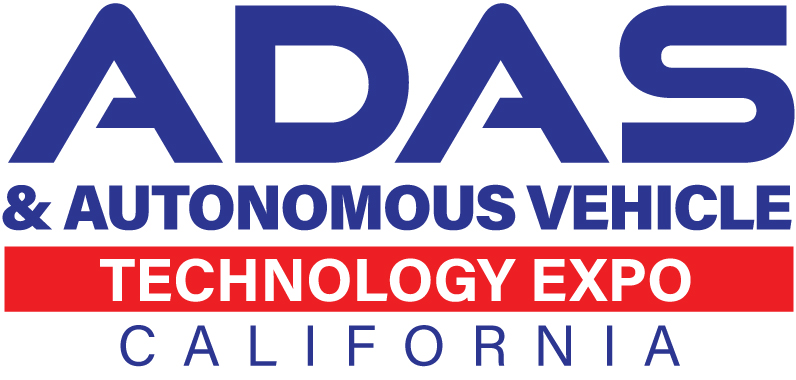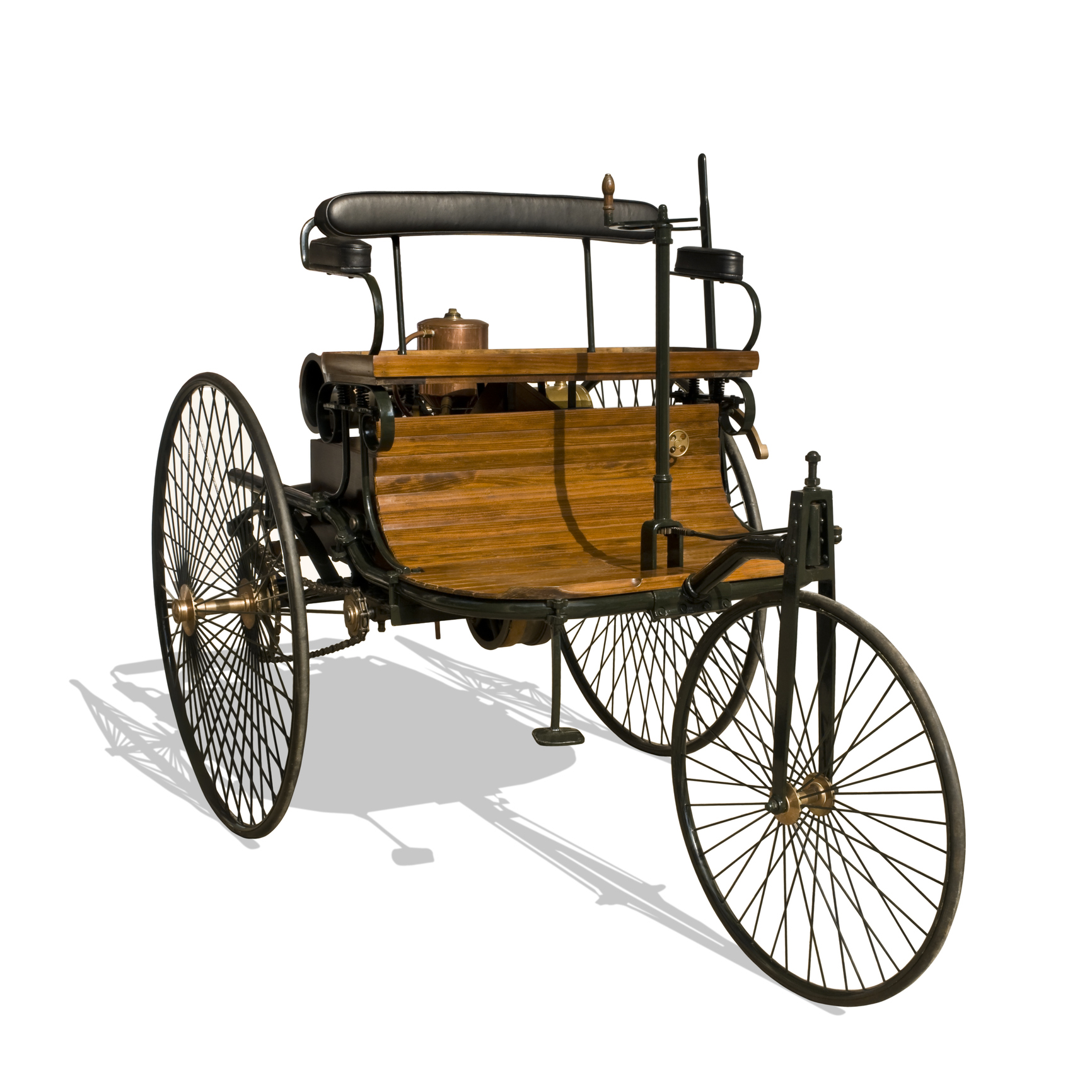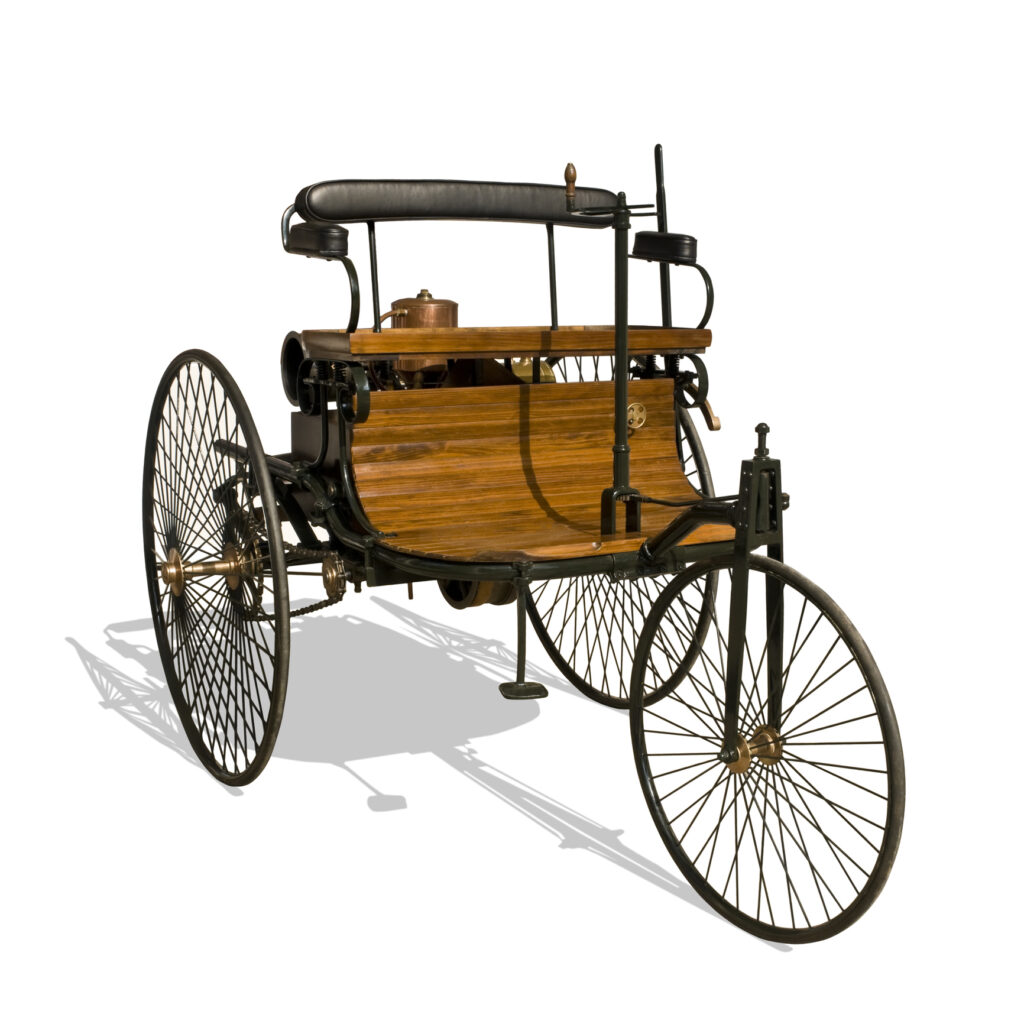
Fix the Optical Subsystem, Fix LiDAR
While extremely promising, today’s optical subsystems for LiDAR remain fragile, large, expensive to build and maintain, overly susceptible to environmental conditions, and inconsistent in their performance. Fortunately, we can reach the full potential of LiDAR by fixing the optical subsystems on which LiDAR systems rely.
With experience that spans core sensor development and systems integration at companies such as Tesla, Argo AI, and Google X Project Wing, Omnitron Sensors Co-founder & CEO Eric Aguilar learned first-hand what automotive integrators need for affordable, reliable, long-range LiDAR systems. Join Eric for his presentation, Fix the Optical Subsystem, Fix LiDAR, on September 21, 2023 at 1:45 p.m. at the 2023 ADAS & Autonomous Vehicle Technology Expo & Conference (September 20-21 in Santa Clara, California).
During his presentation, Eric will review the pros and cons of today’s optical subsystems and will introduce a new, cost-effective MEMS scanning mirror for LiDAR that ticks all the boxes for automotive integrators and manufacturers.
You’ll learn more about:
• The role that the optical subsystem in LiDAR plays in ADAS and autonomous systems
• Automotive industry requirements for optical subsystems for LiDAR
• The top 3 issues with existing optical subsystems for LiDAR—Voice Coil, spinning polygon, Galvo
• The great potential—and challenges—of MEMS mirrors
• The problem-solver: first mass-produced low-cost, rugged, reliable MEMS scanning mirror
Hear from Eric and 70+ other expert speakers exploring key topics around the development and testing of safe autonomous driving and ADAS technologies, including software, AI and deep learning, sensor fusion, virtual environments, verification and validation of autonomous systems, testing and development tools and technologies, real-world word testing and deployment, and standards and regulations.
Get your free expo pass or register for the conference today. Or, if you’d like to learn more about Omnitron Sensors but aren’t able to attend, please contact us.



